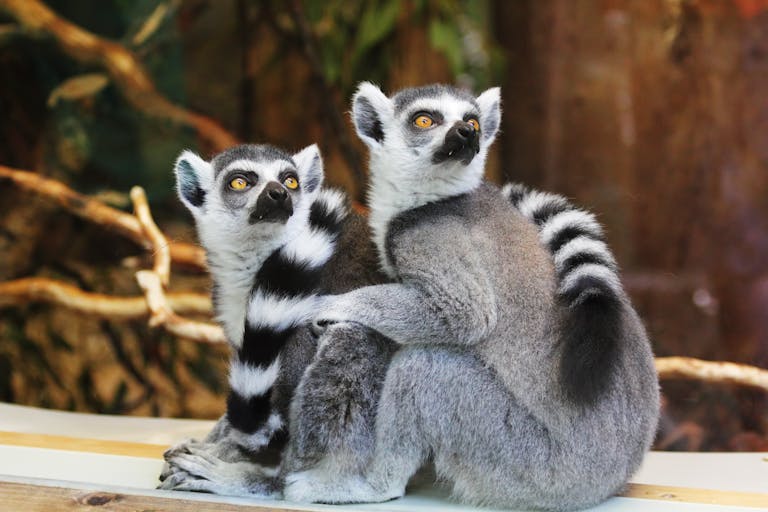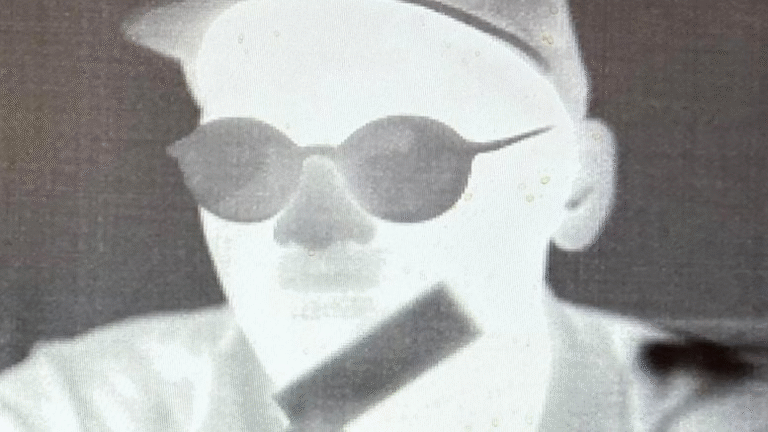A Fierce Crocodile Cousin With Dinosaur-Crushing Jaws Unearthed in Patagonia

Seventy million years ago, southern Patagonia was a lively landscape of rivers, wetlands, and floodplains, buzzing with dinosaurs, turtles, frogs, and even the earliest mammals. But among this prehistoric bustle lurked a predator that few would have wanted to meet face-to-face.
Meet Kostensuchus atrox, a newly discovered crocodile-relative that stretched about 11 feet long and weighed close to 250 kilograms. With its broad jaws and fearsome teeth, this ancient hunter was more than capable of chomping down on medium-sized dinosaurs, making it one of the true apex predators of its time.
The Discovery That Changed the Picture
A team of scientists, led by Fernando Novas from Argentina’s Museo Argentino de Ciencias Naturales, uncovered a remarkably complete fossil in the Chorrillo Formation, near El Calafate in Patagonia. Unlike many fossil finds that leave scientists piecing together fragments, this one included a nearly intact skull, jaw, and several key bones.

What makes the discovery exciting is not just the creature’s size, but also the fact that it’s the first crocodyliform fossil ever found in the Chorrillo Formation. That’s a big deal because it offers fresh insights into what the ecosystem looked like at the very end of the Cretaceous period, right before the dinosaurs’ mass extinction.
What’s in a Name?
Kostensuchus atrox has a name that carries a story. “Kosten” comes from the ferocious Patagonian wind, “suchus” refers to an Egyptian crocodile-headed deity, and “atrox” means “fierce” or “harsh” in Latin. Put together, it’s a fitting title for a creature built to dominate its environment.
More Than Just Another Croc
While it looked crocodile-like, K. atrox wasn’t exactly the ancestor of the animals we know today. Instead, it belonged to an extinct group known as peirosaurids—relatives of crocodiles and alligators that thrived in prehistoric Gondwana.
What set this species apart were its bone-crushing jaws and large ziphodont teeth, perfectly adapted for gripping and tearing flesh. Imagine a predator with the power of a modern crocodile, but tuned for tackling much larger prey. It wasn’t just lurking in rivers waiting for fish—it was actively hunting sizable animals, possibly even juvenile dinosaurs wandering too close to the water.
The Apex of Its World
In its ecosystem, Kostensuchus ranked high in the food chain. The only predator that could rival it in size was Maip, a giant raptor-like dinosaur stretching nearly 30 feet long. Still, with its sheer bite force and powerful body, K. atrox carved out its own role as a top hunter in the wetlands of late Cretaceous Patagonia.

The fact that its remains are so well-preserved also gives paleontologists a clearer look at how broad-snouted predators like this lived and evolved. Unlike the long-snouted fish-eating crocs of earlier times, K. atrox and its close relatives were fully adapted for hypercarnivory—living almost entirely on meat.
Why This Matters Today
Discoveries like Kostensuchus atrox don’t just add another cool creature to the fossil record. They help scientists better understand how prehistoric ecosystems worked, how different predators shared their habitats, and how evolution equipped certain animals for dominance.
Finding such a complete fossil also highlights Patagonia’s importance as a treasure trove for late-Cretaceous life. Each new species from the region fills in gaps in the bigger story of Earth’s history, particularly those dramatic final chapters before the asteroid impact that wiped out most large reptiles.

A Predator Worth Remembering
It’s not hard to picture K. atrox lurking in murky waters, waiting for the perfect moment to lunge at unsuspecting prey. With its massive jaws, powerful limbs, and a name that echoes both local culture and global mythology, this crocodile cousin reminds us just how varied and terrifying life was in the age of dinosaurs.
As paleontologists continue digging into Patagonia’s rocks, chances are we’ll meet even more creatures that rewrote the rules of survival long before humans ever entered the picture.
Source: A new large hypercarnivorous crocodyliform from the Maastrichtian of Southern Patagonia, Argentina





